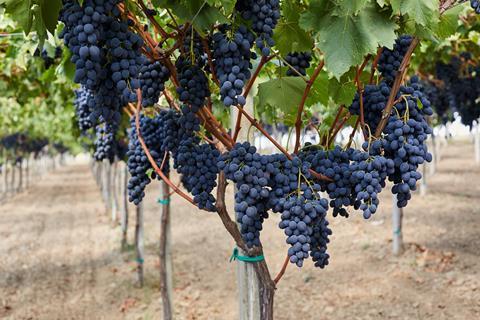Exports climbed 31,000 tonnes in 2023 with European market share rising to 50 per cent
Moldovan table grape exports climbed to more than 88,000 tonnes in 2023, up from the 57,000 tonnes recorded during the previous year.

That is according to statistics from Moldova Fruct, the country’s fruit producer and exporter association.
Grape exports have doubled in the last decade, with Moldova exporting 37,000 tonnes in 2013.
European market share of Moldovan grape exports jumped from 35 per cent in 2022 to 50 per cent, the association reported.
”In recent years, the Moldova grape variety has become increasingly popular in international markets,” the association stated. ”Resistant to frost, with large and attractive clusters, a tangy taste, and durability for storage and transport, grapes of this variety are now sold in some of the largest supermarket chains worldwide.
”Producers from Moldova have convinced consumers in the United Arab Emirates, Germany, the United Kingdom, France, Poland, and over 30 other countries to try these grapes and remain loyal in the coming years.”
Moldovan grapes have found their way not only to wholesale markets but also onto supermarket shelves in EU countries including Romania, Poland, Croatia and Latvia.
Moldova Fruct said that exports to the Netherlands, Germany, and the UK had increased, while the country had also carried out its first-ever grape shipments to Sweden.
Export growth was partly attributed to the adoption of modern viticulture techniques, it explained, with Moldovan producers increasingly utilising intensive vine training systems like tendone/pergola and gable systems, leading to higher yields and improved grape quality.
Over the past few years, more than 800ha of these types of vineyards had been established.
“We produce Moldova grapes using the Pergola system,” said Petru Mihov, founder and CEO of table grape grower Terra Vitis. ”We achieve a rich harvest, and the grapes have a very attractive commercial appearance.
”Our region’s day and night temperatures differ vastly, so this dark grape’s flavour quality is undeniable.
”The marketing window is another plus,” he added. ”Picking begins on 1 September, and since you can keep this grape in cold storage for three to six months, marketing continues through February.”



